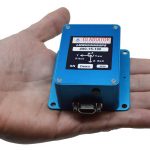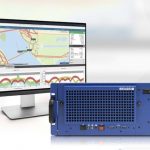SBAS for Aviation Opens over Africa and Indian Ocean
In September, the Agency for Air Navigation Safety in Africa and Madagascar (ASECNA) started broadcasting a satellite-based augmentation system (SBAS) signal over Africa and the Indian Ocean. This marks the first SBAS open service in the region, modeled based on the European Geostationary Navigation Overlay Service (EGNOS).
By Inside GNSS













